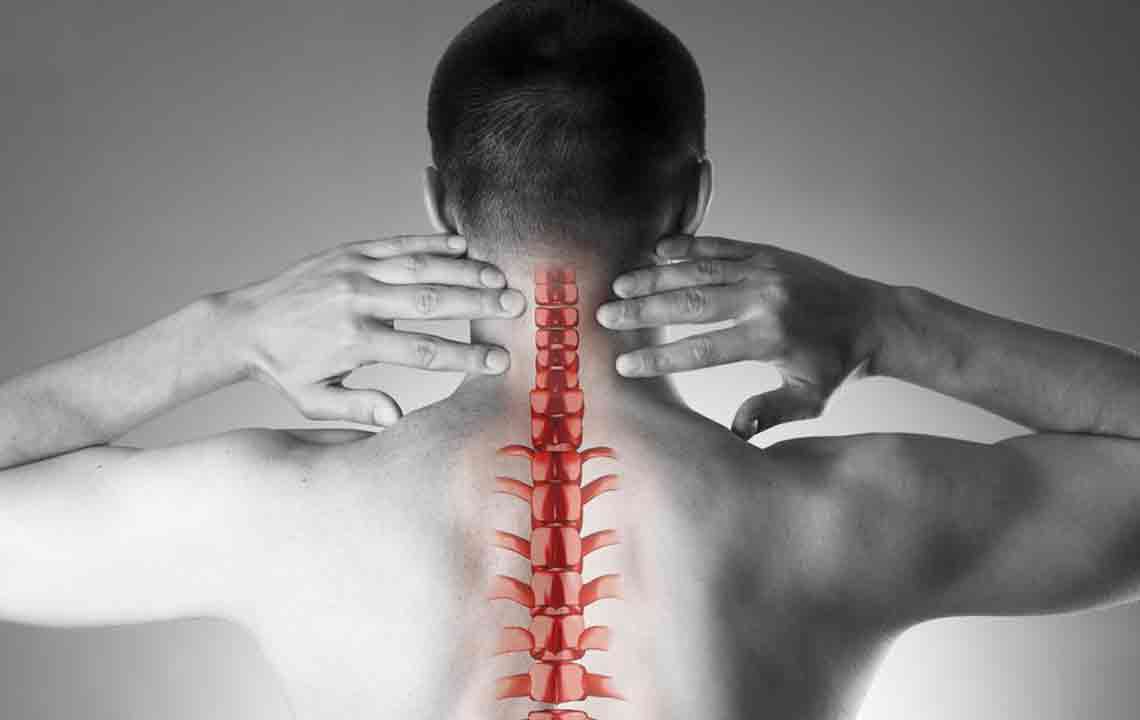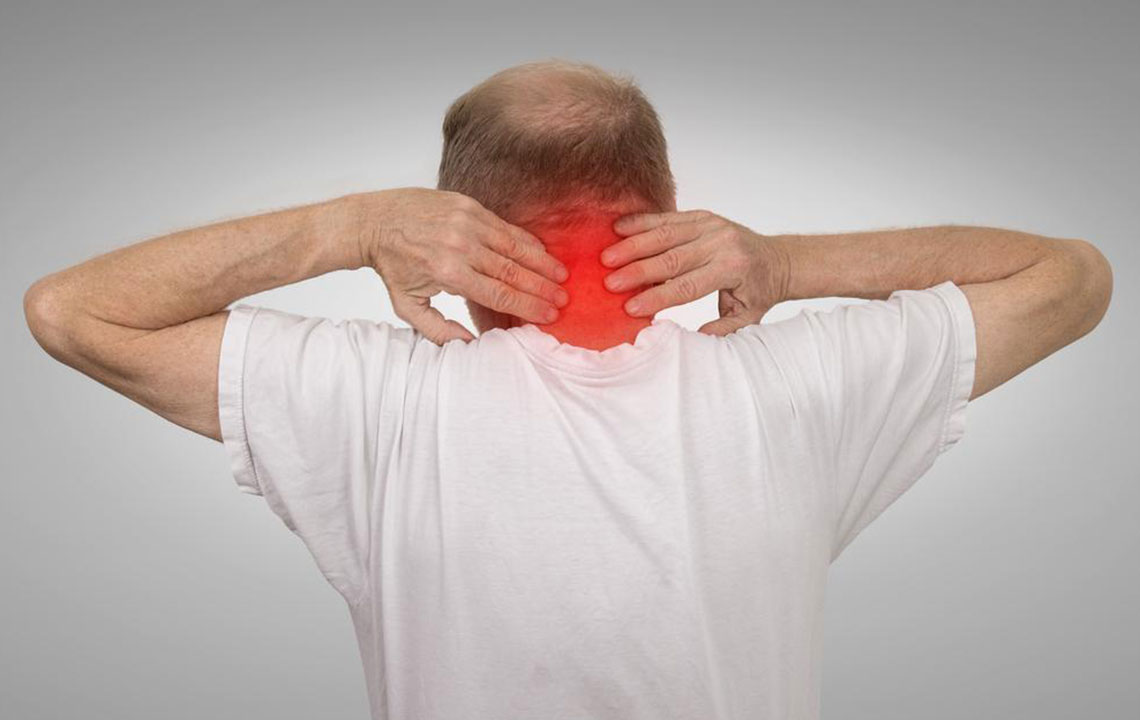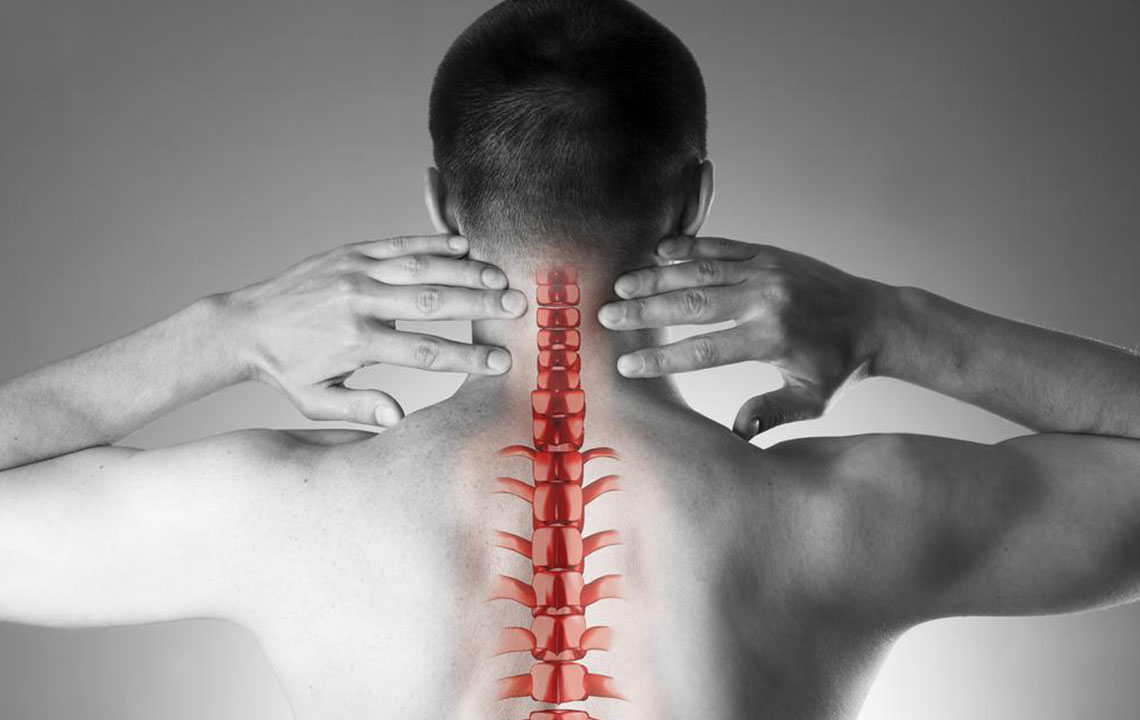Comprehensive Strategies for Managing Spinal Canal Stenosis
Discover comprehensive strategies for managing spinal stenosis, including diagnosis, conservative treatments, minimally invasive procedures, and surgical options. Stay informed about emerging therapies like stem cell therapy and alternative medicine that can improve quality of life for affected individuals. Early detection and personalized treatment plans are key to effective management of this common spinal condition.

Comprehensive Strategies for Managing Spinal Canal Stenosis
Spinal canal stenosis, commonly known as spinal stenosis, is a condition characterized by the narrowing of the spaces within the spine. This narrowing occurs due to the overgrowth of tissues or bones, leading to compression of the spinal cord and nerve roots. Such compression can result in a variety of symptoms including pain, numbness, tingling sensations, and weakness in the limbs or torso. While it can develop at any age, spinal stenosis predominantly affects individuals aged 50 and above, largely because of degenerative processes associated with aging and arthritis.
Understanding the causes of spinal stenosis is essential for effective management. The primary cause is age-related degeneration of cartilage in the facet joints and intervertebral discs, which leads to joint hypertrophy and bone spurs that encroach on the spinal canal. Other contributing factors include inflammatory conditions like Paget’s disease, traumatic injuries to the spine, tumorous growths, and herniated discs which can bulge into the spinal canal space. Each of these factors can exacerbate symptoms and complicate treatment plans.
Diagnosis of spinal stenosis involves a combination of clinical evaluation and imaging studies. Medical professionals typically utilize X-rays to visualize bony structures, while Magnetic Resonance Imaging (MRI) provides detailed images of soft tissues, nerve roots, and discs. Computed Tomography (CT) scans may also be employed for detailed assessment of bony structures. These imaging techniques help identify the extent and level of stenosis, guiding appropriate treatment strategies.
Managing spinal stenosis requires a tailored approach depending on severity, symptom intensity, and overall health condition. Treatment options range from conservative methods to surgical interventions. Conservative management typically begins with medication such as non-steroidal anti-inflammatory drugs (NSAIDs), muscle relaxants, and corticosteroids to provide symptomatic relief. Physical therapy plays a critical role by strengthening the muscles supporting the spine, increasing flexibility, and improving overall postural stability, which can reduce pressure on the spinal cord and nerves.
In cases where conservative treatments do not provide sufficient relief, minimally invasive procedures are considered. These procedures, such as decompression techniques, involve removing excess ligament tissue, osteophytes, or herniated discs that contribute to narrowing. These techniques aim to enlarge the space within the spinal canal, thereby relieving nerve compression while minimizing recovery time. Common minimally invasive procedures include microdecompression and percutaneous endoscopic decompression.
For advanced or severe cases, traditional surgical options like laminectomy, laminotomy, or laminoplasty are recommended. These surgeries involve removing or reshaping parts of the vertebral bone (lamina) to decompress the affected nerves fully. Such interventions require thorough preoperative planning and post-surgical rehabilitation to maximize outcomes and restore function.
The landscape of spinal stenosis treatment is continually evolving, with emerging therapies offering new hope. Stem cell therapy and gene editing are being researched as potential regenerative options to repair damaged tissues and halt degenerative processes. Complementary and alternative medicine, including chiropractic adjustments, acupuncture, and massage therapy, have also gained popularity for symptom relief and improving quality of life. These therapies can be incorporated into a comprehensive management plan tailored to individual needs.
Effective management of spinal canal stenosis involves a multidisciplinary approach that considers symptom severity, patient preferences, and overall health status. Early diagnosis and intervention can significantly improve outcomes, reduce disability, and enhance quality of life. As research progresses, new treatments are expected to emerge, providing even more effective options for those affected by this common spinal condition.





